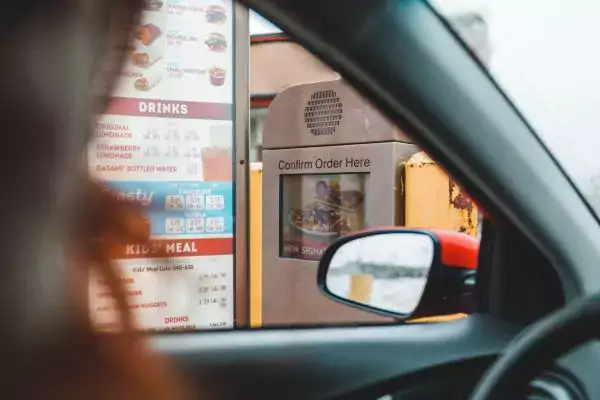How well-versed are you in your restaurant energy costs? Here are three things you may not realize when it comes to the energy costs of restaurant operations:
- The average restaurant uses five to seven times as much energy per square foot as other commercial buildings. A fast-casual restaurant may use up to 10 times as much. (Source: EnergyStar.gov)
- 69% to 81% of total energy use in a restaurant comes from four sources:
- cooking water
- refrigeration
- water heating
- lighting
- 52% of consumers say they would visit a restaurant that engages in environmentally sustainable practices more frequently, according to a recent industry survey. (Sources for No. 2 and 3, Nate Kessman for FastCasual.com)
How to Make Restaurant Employees Care about Energy Efficiency
When developing a strategy to reduce restaurant energy costs, it’s a good idea to hold a meeting with your employees and ask for their input in developing a process. This is a good opportunity to emphasize the importance of environmental sustainability. Ultimately, vigilant and engaged employees will keep costs down. The Environmental Protection Agency’s Energy Star program provides energy-saving tips for restaurants in three areas. Each of the following areas benefits from employee involvement:1.Refrigeration and Other Restaurant Equipment
Employee involvement: Maintenance/repair, startup and shutdown of appliances, thermostat checks.2. Lighting
Employee involvement: Dimming the lights, installing LED lighting and daylight sensors, installing occupancy sensors3. Heating and Cooling
Employee involvement: Changing your air filter regularly and conducting a yearly HVAC tune-upRemember that your employees know your facility the best. They are most familiar with the maintenance “quirks” of each location and can help develop your corporate strategy. Once the strategy is developed, execute by assigning property inspection tasks and tracking their completion.
For more energy-saving tips, check out Energy Star’s Guide for Cafés, Restaurants, and Institutional Kitchens and Energy Use and Energy Efficiency Opportunities in Restaurants.Subscribe to our blog
You are now subscribed!


